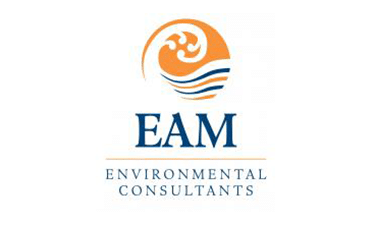Introduction
These guidelines have been prepared to assist Hawke’s Bay horticultural growers with silt deposits on their properties, as a result of recent Cyclone Gabrielle flooding.
They have been put together as a guide to help property owners safely remove silt from their land.
These guidelines have been prepared in accordance with the Ministry for Environment Contaminated Land Management Guidelines, No. 5 (CLMG No. 5), Site Investigation and Analysis of Soils (MfE, 2021) and the Resource Management (National Environmental Standard for Assessing and Managing Contaminants in Soil to Protect Human Health) Regulations 2011 (NESCS).
Silt Removal
A few key considerations need to be followed when removing silt from market gardens, orchards and agricultural farmland.
- Do not remove silt from areas within a 10m radius of chemical storage sheds, chemical filling stations, fuel tanks, woolsheds, sheep, or cattle yards, known historical sheep or cattle dips, or any areas which may have contained potentially contaminating substances prior to Cyclone Gabrielle. These areas should be left and assessed by a contaminated land specialist (Suitably Qualified Environmental Practitioner (SQEP)).
- When removing silt, avoid removing existing underlying soil to the best of your ability.
- Ensure that all excavation equipment is washed down following silt removal.
- Silt should be stockpiled at designated roadside points, for collection.

Figure 1. Do not remove silt from areas surrounding chemical storage sheds and filling stations, or sheep yards, particularly those with known historic sheep dips.
Health & Safety
Ensure that the following are followed during the removal of silt:
- Ensure that appropriate respiratory protection, such as a disposable P2 masks are worn when handling silt.
- Wear gloves and covered clothing.
- Avoid handling silt and breathing dust.
- Do not eat, drink or smoke whilst handling silt and ensure that hands are washed thoroughly, and clothing worn during excavation is removed, before doing so.
Unexpected Discovery of Contamination
Should unexpected contamination be encountered during removal, immediately stop, and assess the potential hazards. Contamination may present as:
- Staining and/or discolouration of soil
- Refuse and/or debris such as brick, glass, rubble, timber, domestic waste
- Drums or underground storage tanks
- Odour, such as hydrocarbons, sewage, or rotting material
- Presence of discoloured surface water or leachate
- Oils, grease, oily substances
- Asbestos
Should asbestos be observed or suspected during excavation, all work shall cease and Guidelines for the Management and Removal of Asbestos (revised 1999) for the Department of Labour, and the Health & Safety in Employment (Asbestos) Regulations (1998) will need to be followed. Any asbestos works (assessment, delineation, removal, and verification) would need to be undertaken by a specialist asbestos contractor and EAM, who are suitably qualified environmental practitioners, to assess asbestos contamination.
A first response protocol for unexpected contamination is as follows:
- Stop work immediately. Assess the potential immediate hazards. If the discovery is assessed as presenting an imminent hazard or danger, notify emergency services by dialling 111. If unsafe, move away, and secure the area.
- Contact EAM, Jason Strong 027 4405990.
- Work will not resume or commence until an environmental professional has provided clearance.
EAM are suitably qualified environmental practitioners in the field of contaminated sites. Should you require assistance with sampling of your property, please contact us on 027 4735590, or email info@eam.co.nz.
Reference Documentation
MfE 2012 Users’ Guide National Environmental Standard for Assessing and Managing Contaminants in Soil to Protect Human Health. Ministry for the Environment.
MfE 2021 Contaminated Land Management Guidelines No.5; Site Investigation and Analysis of Soil. Ministry for the Environment.






